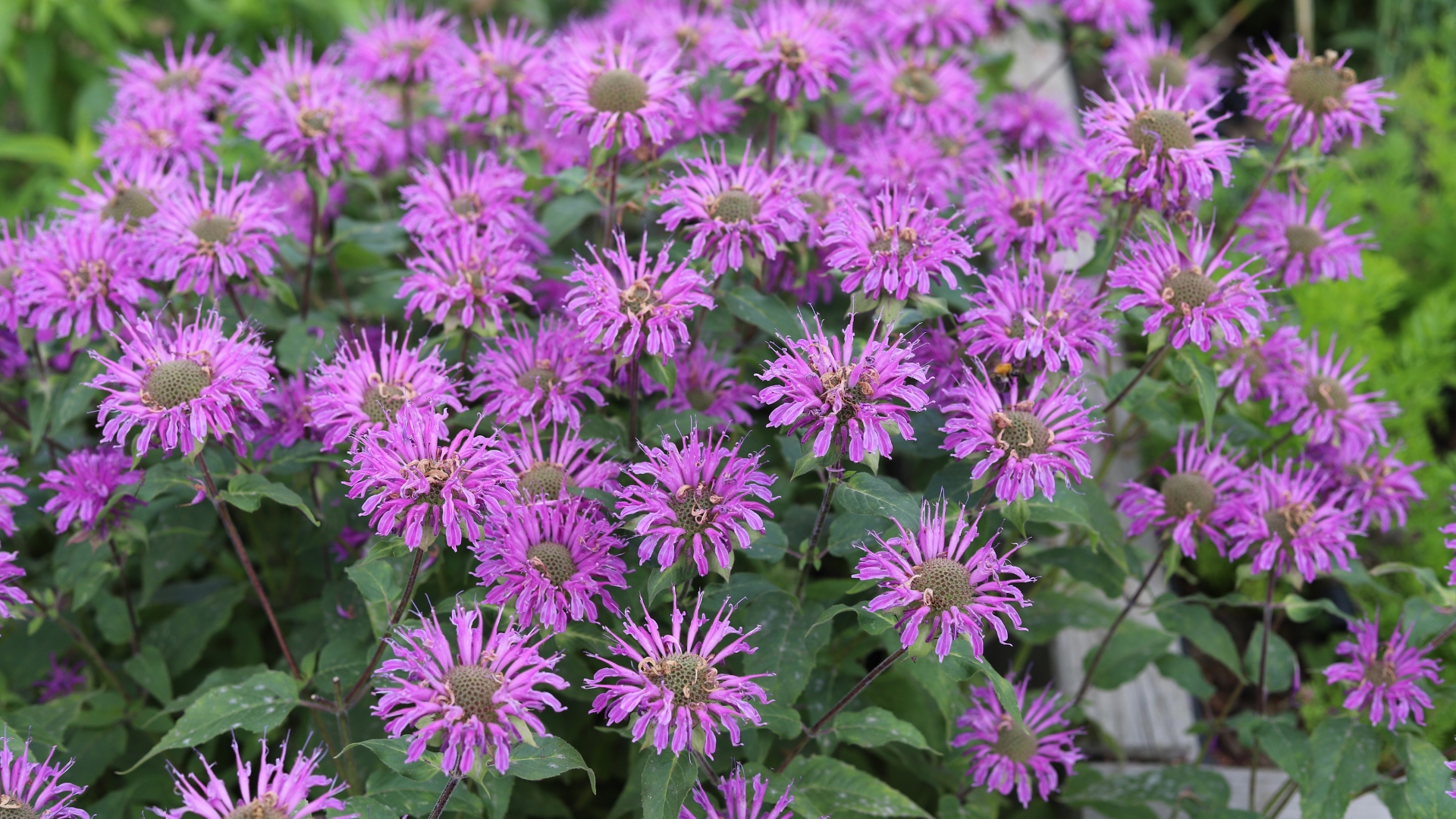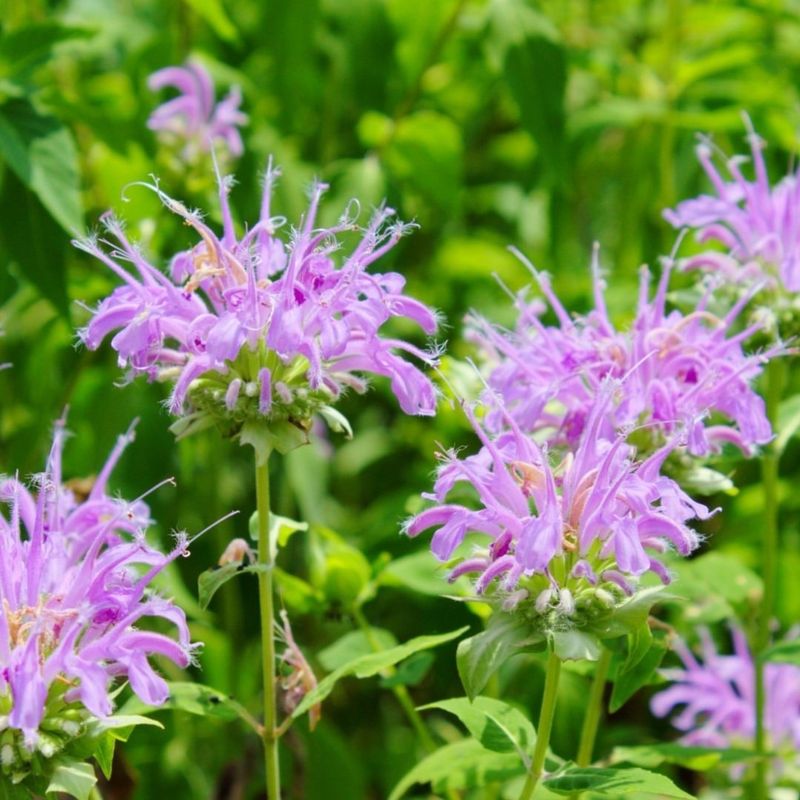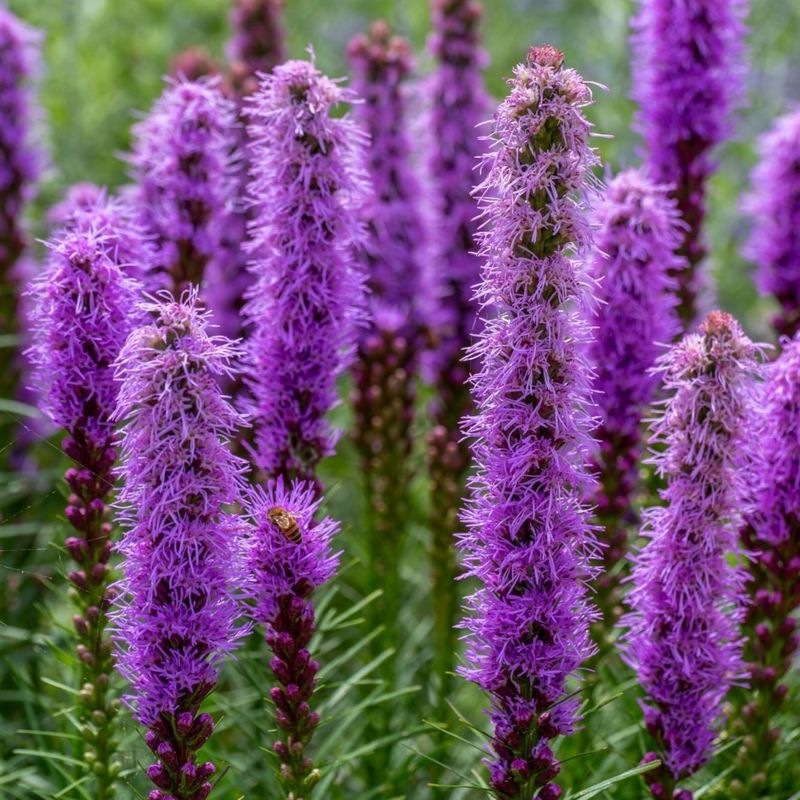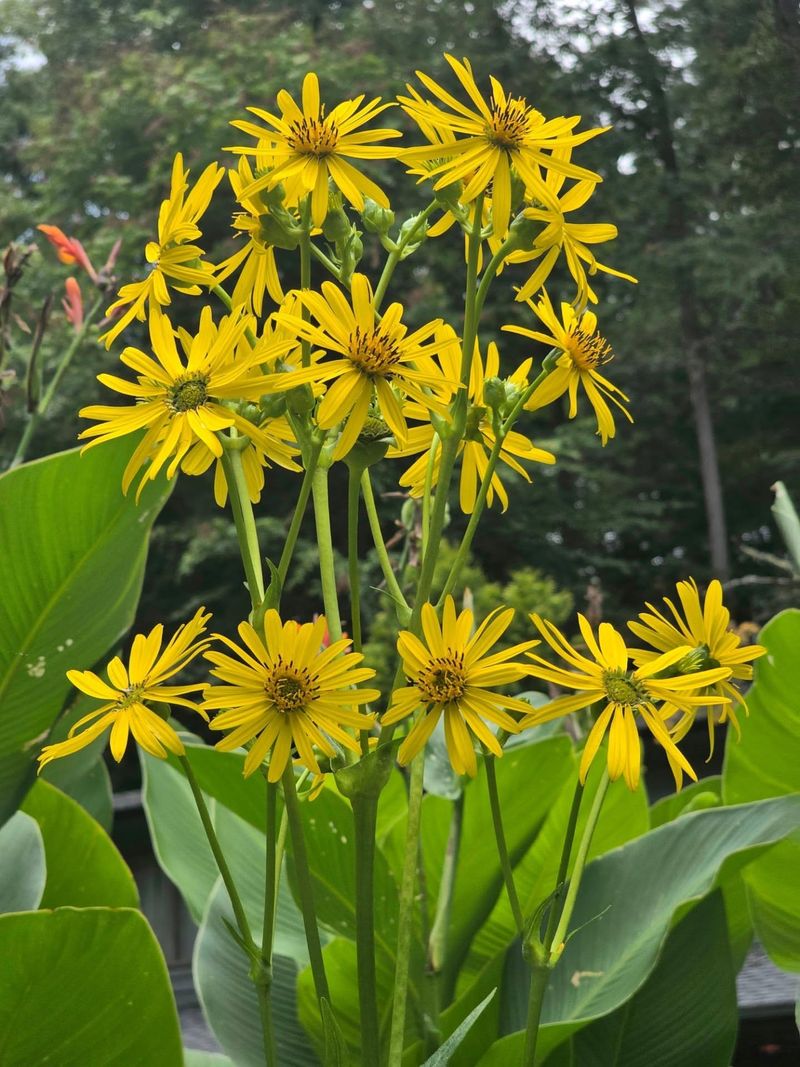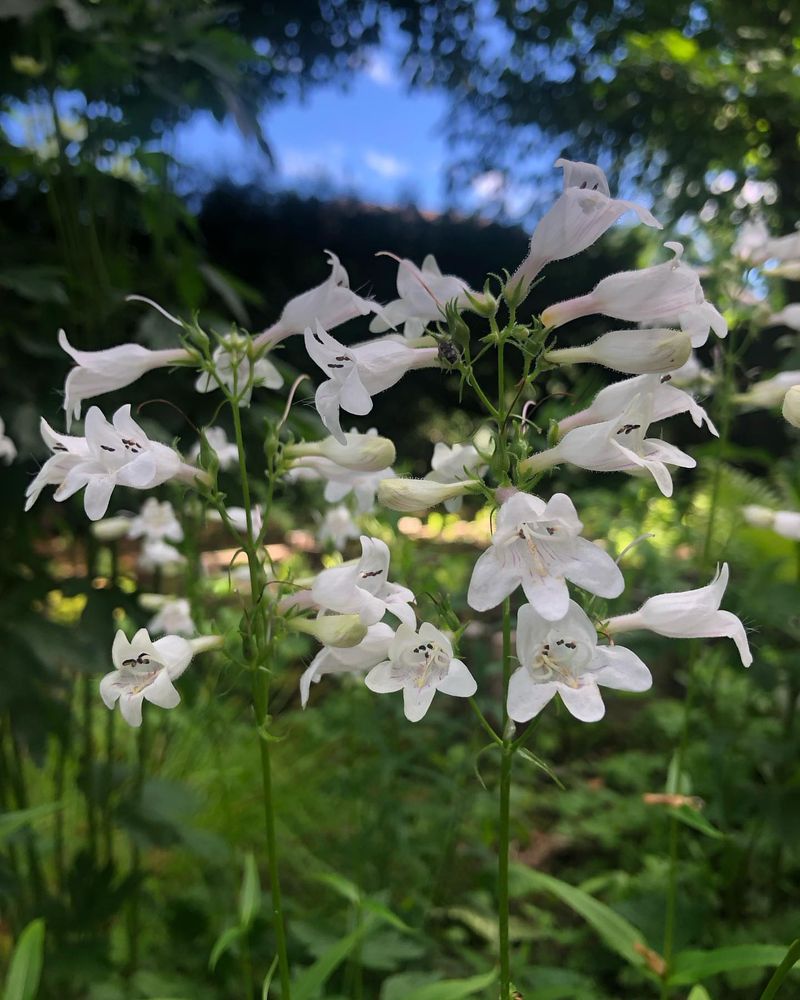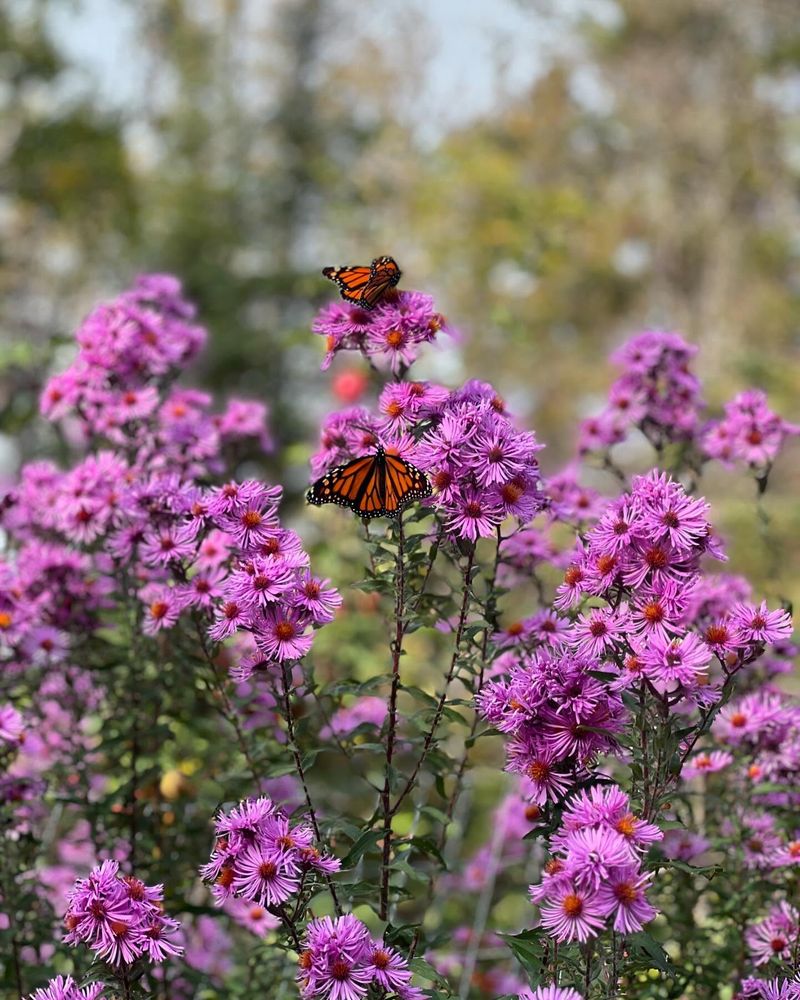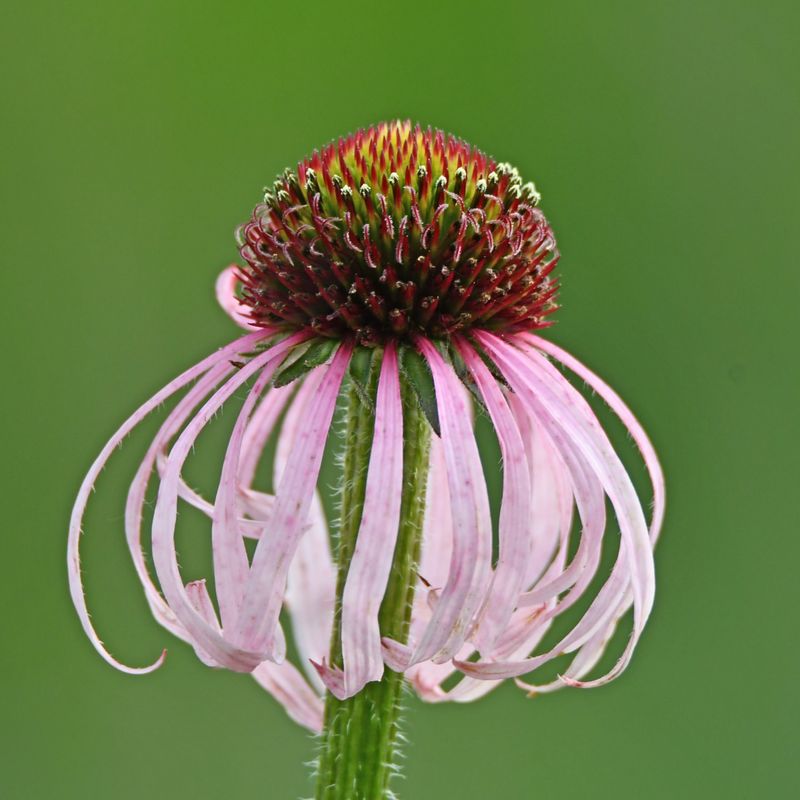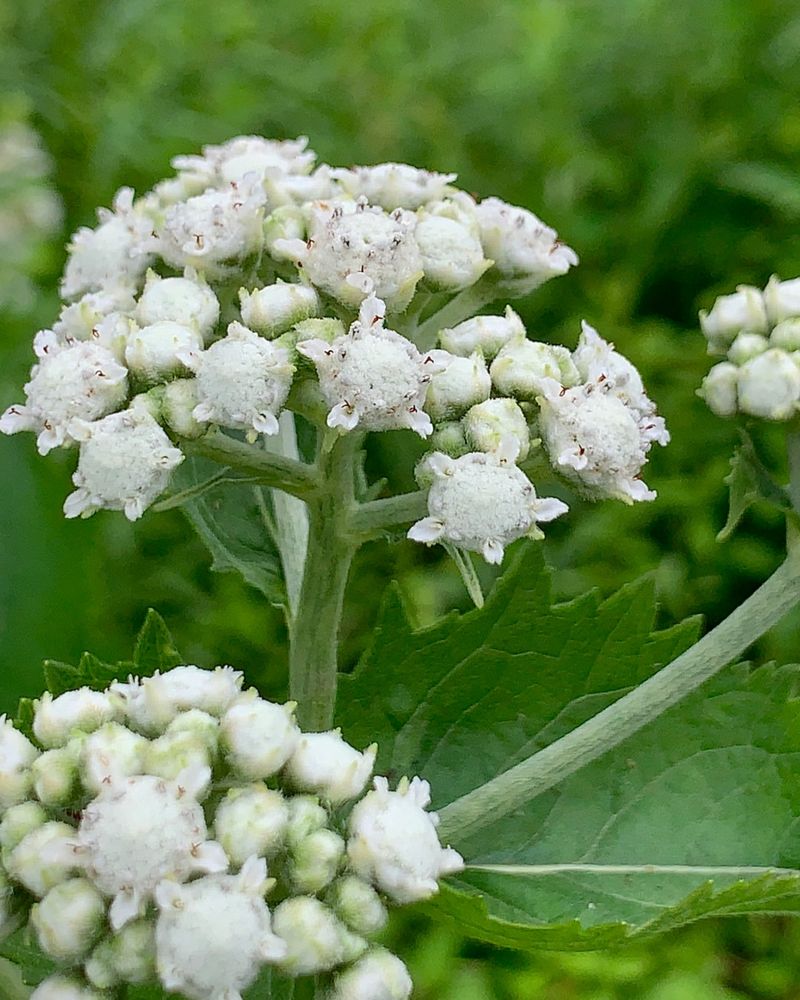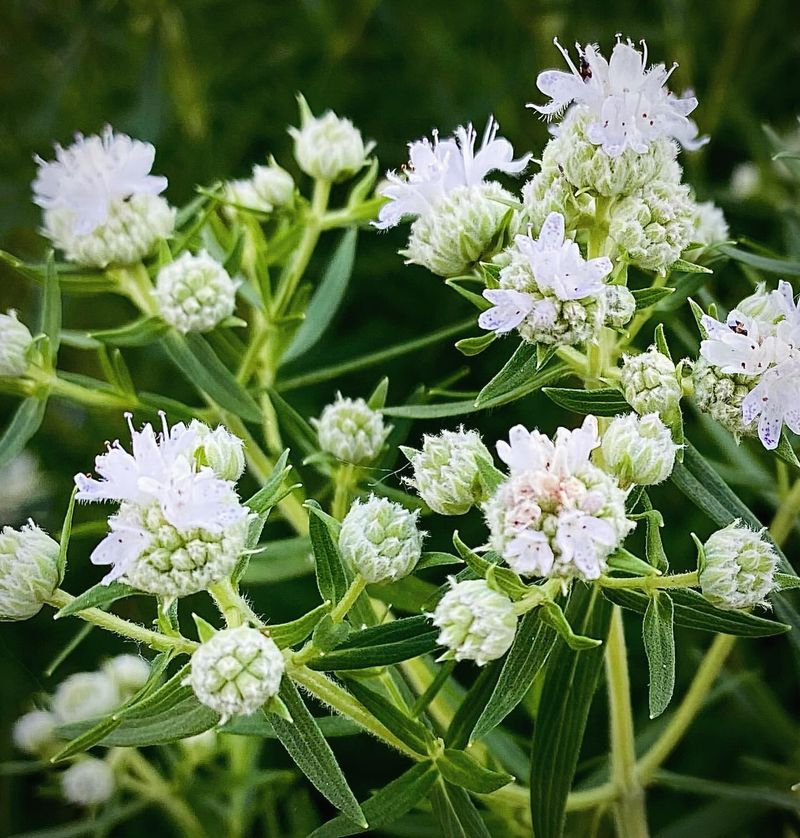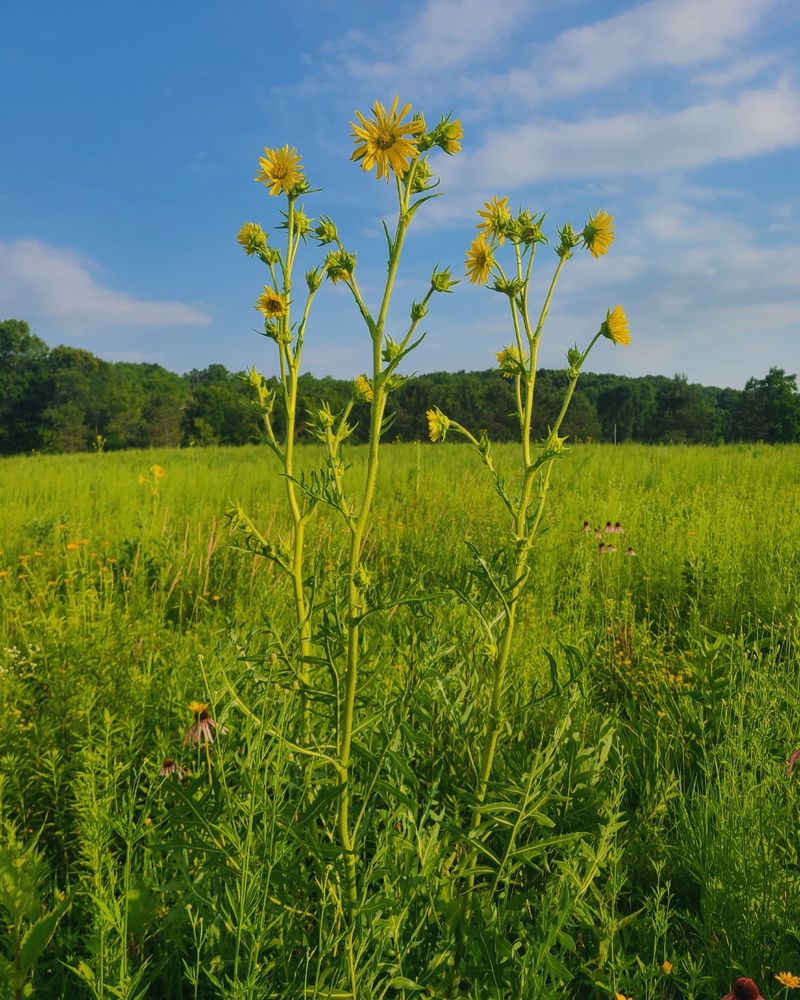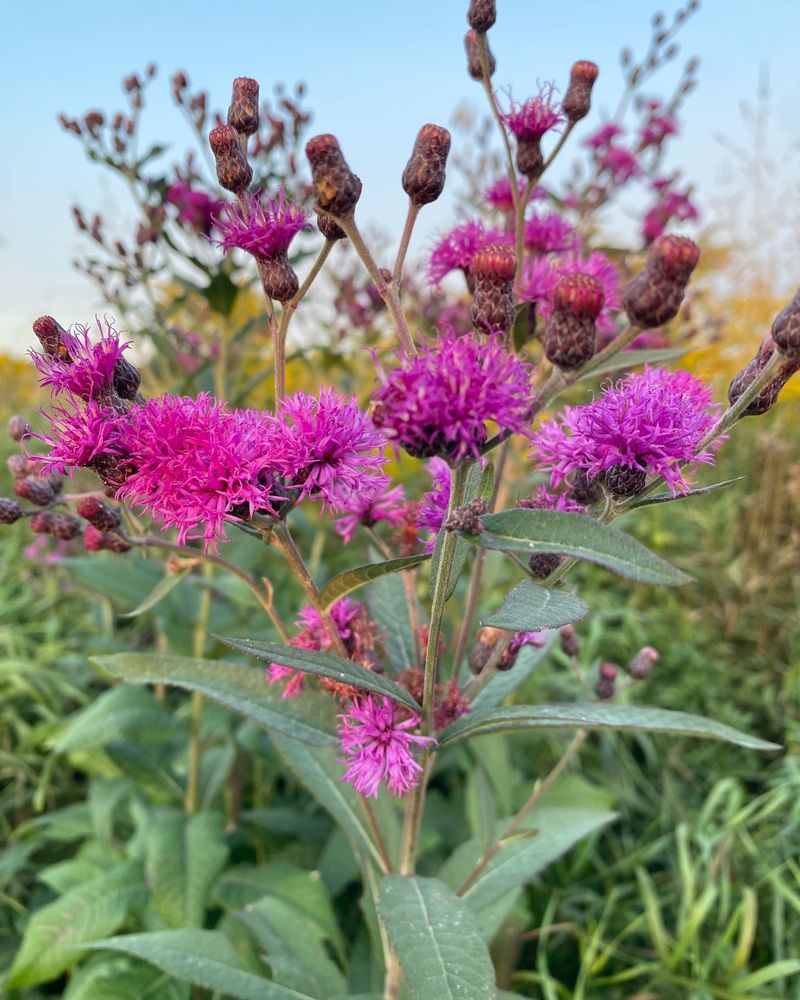Illinois pollinators are working overtime this month, but some underrated wildflowers are stepping in to save the day. I’ve spotted these beauties quietly feeding bees and butterflies when you least expect it.
They don’t just add charm to your garden—they’re essential lifelines for pollinators in a tough season. Growing these wildflowers means more buzzing, fluttering, and a healthier ecosystem all around.
Ready to help nature’s tiny heroes?
1. Wild Bergamot
Lavender pom-pom blooms attract bees like magnets in Illinois gardens. The minty scent fills the air when you brush against the leaves.
Growing up to 4 feet tall, this drought-resistant beauty thrives in sunny spots. No wonder hummingbirds zoom straight to these flowers for a sweet nectar treat!
2. Butterfly Weed
Bright orange clusters stand out in any Illinois meadow, making it impossible to miss. Monarchs absolutely depend on this plant family for their caterpillars.
Despite the name, it’s not a weed but a valuable native perennial. Plant in well-drained soil and enjoy the colorful butterfly visitors all summer long!
3. Rattlesnake Master
Spiky white globes create an architectural statement unlike anything else in Illinois prairies. The unusual name comes from an old belief about treating snake bites.
Bees buzz happily around these unique blooms throughout summer. Plant this conversation starter in full sun and watch pollinators flock to your garden!
4. Prairie Blazing Star
Purple spikes reach dramatically skyward in late summer Illinois prairies. Butterflies can’t resist these nectar-rich blooms that look like fluffy purple rockets.
The flowers open from top to bottom, providing weeks of pollinator food. Hardy enough to handle Illinois weather extremes, these showstoppers thrive with minimal care.
5. Culver’s Root
Elegant white spires create vertical interest in any Illinois garden. Small pollinators especially love these delicate candelabra-like blooms.
Thriving in moist areas, this underappreciated native stands tall at 4-5 feet. Add it to rain gardens or pond edges where Illinois summers get hot and humid.
6. Cup Plant
Sunny yellow flowers top impressive 8-foot stalks by midsummer in Illinois prairies. The name comes from how rainwater collects in the leaf cups, attracting birds.
Bees, butterflies, and even goldfinches adore this multifunctional plant. Perfect for back borders where its impressive height creates a living privacy screen!
7. Foxglove Beardtongue
Tubular white flowers dangle like delicate bells in early summer Illinois gardens. Hummingbirds dart between blooms while bumblebees crawl right inside.
One of the earliest blooming natives, providing crucial spring nectar. The glossy green leaves stay attractive all season in Illinois landscapes, even after blooming ends.
8. Golden Alexanders
Cheerful yellow umbels brighten up Illinois woodlands before many other natives bloom. Early season pollinators desperately need these flowers after winter hibernation.
Black swallowtail butterflies lay eggs on the leaves for their caterpillars. This adaptable plant thrives in Illinois gardens with partial shade and average soil.
9. New England Aster
Vibrant purple daisies create a fall feeding frenzy for Illinois pollinators. Late-season blooms provide crucial pre-migration fuel for monarch butterflies.
Hardy enough to withstand tough Illinois conditions, including clay soils. The abundant flowers keep buzzing with activity until the first hard frost hits.
10. Pale Purple Coneflower
Drooping pink-purple petals create a distinctive silhouette in Illinois prairies. The spiky center cones provide landing pads for all kinds of beneficial insects.
Goldfinches feast on the seeds long after the blooms fade. This drought-tolerant native handles Illinois summer heat with grace and minimal watering.
11. Wild Quinine
Fuzzy white flower clusters resemble tiny cauliflowers across Illinois prairies. Early settlers used this plant medicinally, hence the quinine reference.
Butterflies and small native bees frequent these unusual blooms. The sturdy stems stand up to Illinois thunderstorms, and deer typically avoid this native plant.
12. Prairie Coreopsis
Cheery yellow blooms with burgundy centers blanket Illinois meadows. The flowers seem to dance above the foliage on slender stems.
Plant en masse for a spectacular golden display that bees can spot from far away. This Illinois native reseeds gently, creating natural drifts without becoming invasive.
13. Mountain Mint
Tiny white flowers clustered in silvery bracts become pollinator magnets in Illinois gardens. You’ll count dozens of different insect species visiting just one plant!
The aromatic leaves smell amazing when brushed against. Despite the name, this mint behaves itself in Illinois landscapes, not spreading aggressively like culinary mints.
14. Compass Plant
Towering yellow flowers reach for the Illinois sky on 8-foot stalks. The huge basal leaves align north-south, acting as natural compasses for prairie travelers.
Deep taproots access underground water, making it incredibly drought-resistant. This impressive Illinois native becomes a neighborhood landmark once established in sunny gardens.
15. Swamp Milkweed
Soft pink flower clusters smell like vanilla on warm Illinois evenings. Monarchs lay eggs exclusively on milkweed plants, making them essential for butterfly conservation.
Despite the name, it doesn’t need swampy conditions to thrive in Illinois gardens. The fragrant blooms attract beneficial insects that help control garden pests naturally.
16. Ironweed
Intense purple flower clusters crown this tall Illinois native in late summer. The rich color creates perfect contrast with goldenrods and other yellow prairie flowers.
Butterflies flock to the nectar-rich blooms during fall migration. This sturdy plant earned its name by standing strong through Illinois winds and weather.

